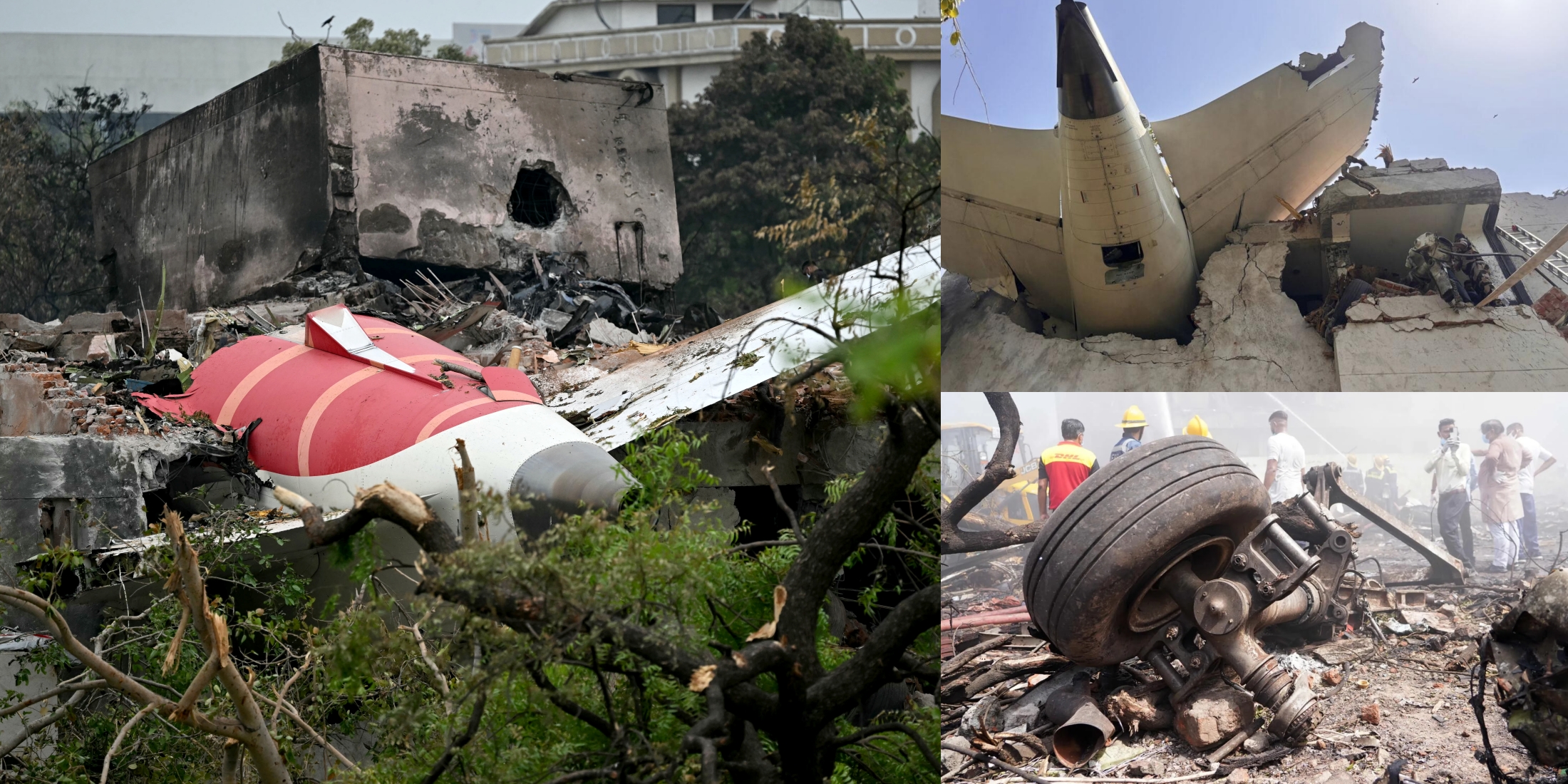Human Metapneumovirus (HMPV) is a common but often unrecognized virus that primarily affects the upper and lower respiratory tract. Recently, this flu-like respiratory virus has been in headlines with fears of another Covid-like pandemic. Cases have been identified in Northern China, India, Japan, Malaysia, and Bangladesh. Children and elderly people are the primary victims of the virus; images of hospitals filled with masked patients are going viral on social media.
Experts are claiming the virus is not new, it has existed in human lives for decades, over 60 years. However, it has become a cause for concern due to its low detection rate compared to influenza, COVID-19, or RSV.
Sanjida Akter, a 30-year-old from Bhairab, Kishoreganj, was the first diagnosed case of HMPV in Bangladesh. After testing positive, she passed away on January 15 with multiple organ failures. According to Senior Consultant Ariful Bashar of the Infectious Disease Hospital, Mohakhali, HMPV was not solely responsible for her death. The patient had a history of kidney complications, obesity, and respiratory distress. In this regard, Prof Md Sayedur Rahman addressed the virus as not deadly; however, he recommends avoiding public gatherings and wearing masks, especially for flu-affected individuals.
The data disclosed by the Centre for Disease Control (CDC) shows that the number of HMPV-positive patients increased from 4.8% to 6.2% in the last few weeks of December. Northern China is experiencing higher infection rates. Most of the HMPV cases are children under the age of 14.
Apart from China, cases of HMPV have also been reported in India and the United Kingdom in late 2024. As of January 14, there are seven confirmed cases in several Indian states including Karnataka, Gujarat, Maharashtra, and Tamil Nadu states.
On January 3, the Indian Council of Medical Research (ICMR) identified the first two cases of HMPV in India. The infected individuals were a 3-month-old female and an 8-month-old male, both with medical records of bronchopneumonia.
Meanwhile, in the UK, about 4.5% of lab-tested samples resulted positive for HMPV in the last week of December 2024; whereas, 29.5% tested influenza positive and 2.5% for COVID-19.
Malaysia and Japan have also seen increased HMPV infections in recent months. As per the Strait Times report, Malaysia had 327 HMPV cases in 2024, a 45% rise from 225 in 2023.
It’s worth noting that HMPV was first identified in the Netherlands in 2001. It belongs to the same family of Respiratory Syncytial Virus (RSV).
Recent research shows that HMPV, like other respiratory viruses, generally spreads in late winter and spring. The virus is carried through respiratory droplets or direct contact with infected patients. In most cases, HMPV comes with common symptoms like cough, nasal congestion, fever, and shortness of breath. However, severe cases can lead to bronchitis or pneumonia. The risk for children and people with asthma or chronic obstructive pulmonary disease (COPD) is higher.
From the experts’ point of view, the virus has been circulating for a while, so people have some level of immunity. Doctors are more or less aware of how to treat HMPV, unlike COVID-19, which was a novel virus. At the same time, they are also concerned about the increasing numbers of patients and the shortage of vaccines. Medical experts urged the Chinese authority to provide timely updates.
Chinese health officials are continuously monitoring the situation and reportedly sharing data regarding the HMPV surge. They have claimed and confirmed to the UN health agency that the Chinese medical system is not under pressure. According to the same officials, there’s no alarming outbreak pattern, yet. The CDC has denied online rumors of overcrowded hospitals but still advised people to take precautions against the spread.
WHO assured that though HMPV spreads easily, it is not quite as deadly as COVID-19. While asking about HMPV’s death risks, WHO spokeswoman, Dr. Margaret Harris said, the mortality rate is “very, very low”.
The public reaction in China is mixed. Many said they had never heard of HMPV before. On the flip side, officials of China claimed that it’s not a major concern as the number of respiratory infections is usually higher in winter. Kan Biao, director of China’s Institute for Infectious Diseases, talked about the decline of HMPV-infected cases. He believes, “Judging from the current situation, the scale and intensity of the spread of respiratory infectious diseases this year will be lower than last year’s.”
Currently, there is no vaccine developed for use against HMPV, but research is ongoing. Experts believe that HMPV can be prevented in the same way as COVID-19. WHO recommends simple but preventive strategies to limit the spread of HMPV. You can minimize your risks by following WHO’s guidelines below:
- Wear a mask whenever you’re in a crowded or congested area.
- Ensure proper ventilation and airflow when you’re indoors.
- Soap-wash your hands or clean them with alcohol-based sanitizers frequently and properly.
- Avoid touching your eyes, mouth, or nose with unwashed hands.










